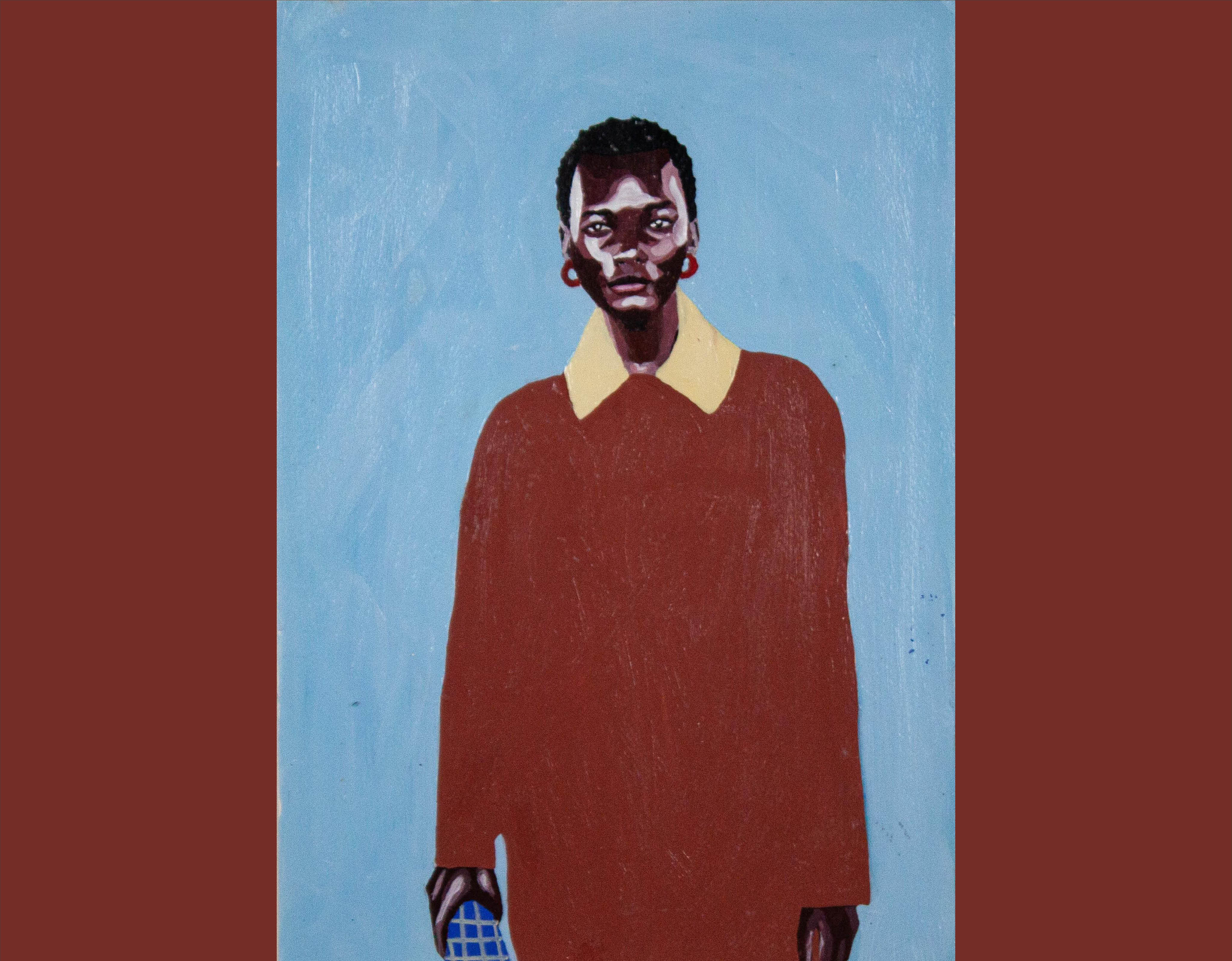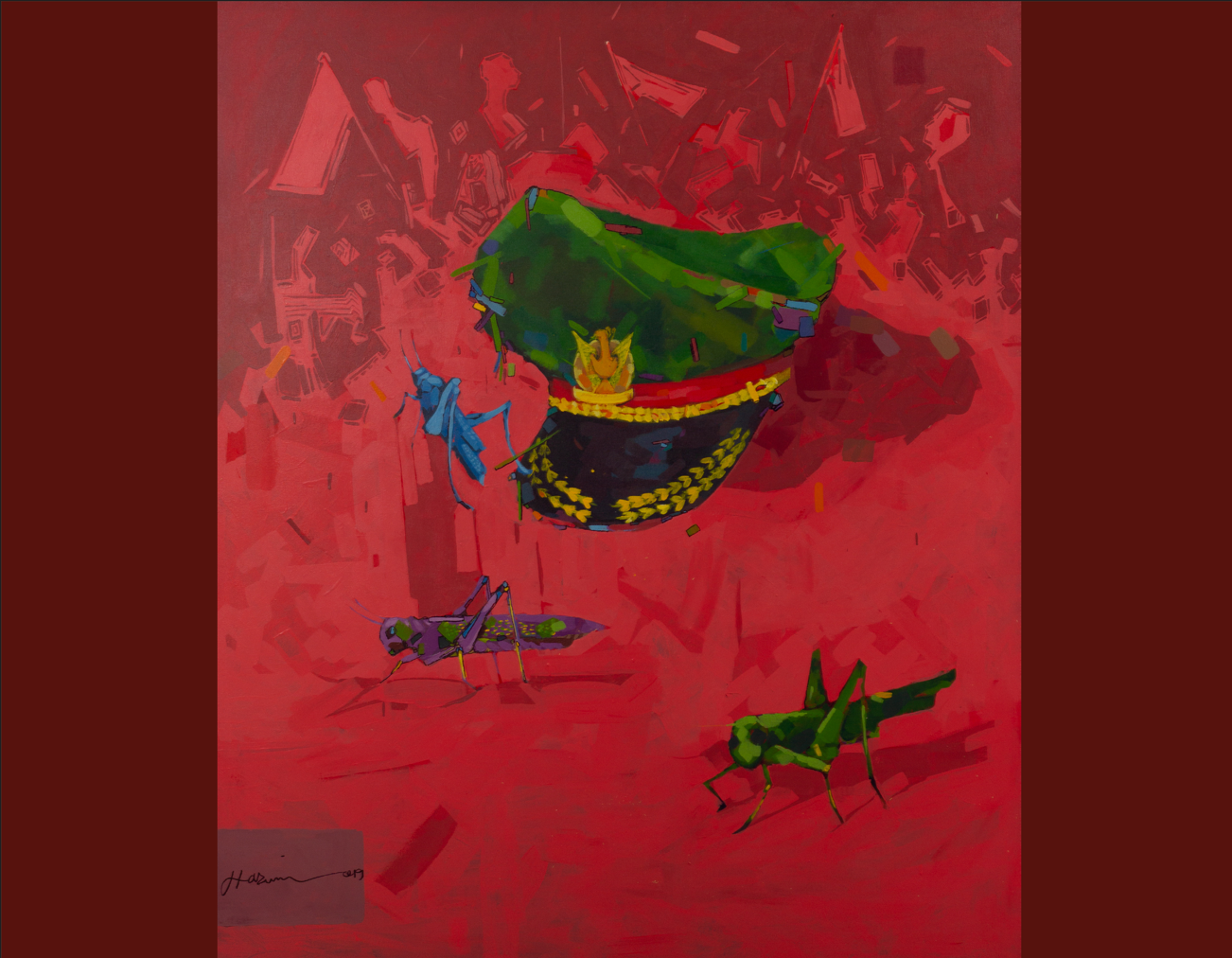Latitudes whimsical haven in the cosmopolitan jungle

Latitudes whimsical haven in the cosmopolitan jungle
By Ontlotlile Seemela
Growing up as the “little sister” to two brothers who were substantially older than me, my best friends were various writers whose stories would captivate my imagination. I would escape into the various storylines and walk alongside their characters. I would laugh, rejoice, yell, and sometimes cry depending on the literary journey the author laid out for me. These authors took me on various literary journeys that I revelled in, I was in the Deserts of Africa with WIlbur Smith, then I was a fearless woman with a sense of adventure with Maya Angelou, I would cruise the streets of Sophiatown with Nat Nakasa, I would go on mischievous adventures around Soweto with Can Themba and Chinua Achebe would transport me to a bygone era when Africans were proud to practice their own traditions. The imaginary journeys I enjoyed the most dealt with Art such as Hemmingway, Toni Morrison and James Baldwin.
My parents fed my ferocious appetite for reading. I would read the adventures of the Drum boys of the 1960s, who included Henry 'Mr Drum' Nxumalo, Nat Nakasa, Todd Matshikiza, Can Themba and the late great Prof. Es'kia Mphahlele. There were also great female writers included in the rotation such as Maya Angelou, Bessie Head, Noni Jabavu, Antjie Krog and Chimamanda Ngozi Adichie who sparked my interest in African history such as the Biafra War of 1967. Through their writings, a little girl like me not only had companionship with various characters depicted in the writings but was transported into their worlds through the use of imagination.
Art writers, also known formally as art critics, are intrinsically intertwined with the fabric of a legitimately functioning society. They are cultural torchbearers who serve as a vital link between the artists, galleries, art dealers, and the public. Their role is to write reviews, analyse and interpret art for the public. There is a misconception that art is only for the elite and as a result, people often feel intimidated even to enter art galleries. Good art is meant to create discussions centred around important societal issues which affect all members of society. South African artists such as Willie Bester, Zanele Muholi, Mary Sibande, Blessing Ngobeni, Norman Catherine, and Wayne Barker have often used their creations to critique socio-political issues and it is the role of art writers to bring these uncomfortable discussions to the public.
In an article in the Financial Review, Dr Oliver Watts stated that “the critic acts as a mediator between art and its audience. The art critic is both an outsider and an insider, someone who is embedded within art but also observes it from the outside. On one hand, the critic provides professional support to a community of artists. They shed light on the nuances of the craft”. Art critics play a crucial role in promoting the contestation, and critiquing of the artistic landscape of a society. They must remain impartial and should be independent players who are able to objectively critique the values, practices, and norms of the art world. They serve as vanguards who ensure that art dealers do not distort the art market for self-serving reasons and their critique is meant to ensure that artists evolve and improve their talent. Furthermore, it is imperative that art critics remain neutral, with the aim of promoting and strengthening the art market in their respective societies.
It is important to hone the craft of emerging art writers with the aim of piquing the interest of people who wouldn’t ordinarily be exposed to the art world. This is one of the many reasons why the ARAK Collection’s Critical Art Writing Workshop was an important part of the RMB Latitudes Art Fair. Eleven young cultural analysts were selected to write about the art fair, with the aim of giving a unique interpretation to the artworks, location, booths and more. To give a glimpse of the experience to those who could not attend the sold-out event.

Due to social media having a detrimental effect on the young generation’s intellectual capacity, the role of young art writers has never been more important than it is today. Young people struggle to maintain thoughts and attention spans or read text that is longer than 280 characters. Young people lack argument, contestation of ideas and creativity which is born out of silence, this is an important part of being a successful art writer. According to Professor Manfred F. R. Kets de Vries, a Clinical Professor of Leadership Development and Organisational Change; “doing nothing, having nothing to do, and even being bored may be good for our mental health. Periods of uninterrupted, free-associative thinking, creativity, and insight”.
Writers are supposed to capture the reader’s imagination in a unique manner, they are meant to instill their reader’s childlike sense of curiosity. Art writing serves as a fabulous way to escape our dull, monotonous lives. It is often thought that as adults we should never lose our childlike curiosity and our creative imagination needs to be nurtured in order to live life to its fullest. This important whimsical feeling was indeed reinvigorated by people who visited the 2024 Latitudes Air Fair at the Shepstone Garden.
The Shepstone Garden is a picturesque, idyllic, and imaginative place that makes the audience peak into a bygone enchanted epoch. This location is like a maze that holds a twinkly smirk like a naughty child who is holding in a mischievously delightful smile after nabbing the corner piece of their birthday cake. This is perfectly encapsulated by the sculptures that were scattered across the art fair, hidden in plain sight, which accentuated and complemented the art fair.
On top of the venue lies a tower of solitude, filled with aspiring art writers who congregated for an intensive three-day art writing workshop.This opportunity ensured that these burgeoning art writers could explore their writing styles in an interactive, communal, and safe space. The location for the Art Fair is a hidden sanctuary that is at a hop and skip away from the heartbeat of the City of Gold, or Egoli as those who are familiar with the place refer to it. This city, like the Shepstone Garden, is rustic, charming and holds historical significance. A large number of artists who had the opportunity to display their creations outside of the limiting, sterile and structured conditions of the traditional art gallery were emerging artists. This tranquil space served as a background which ensured that the creations of these artists were given a majestic welcome to the art world. The spectacular welcome to the artworld is a befitting reward for their hard work, sweat and tenacious spirit which kept them motivated to follow their passion in a world that has a façade of instant gratification.
It is the duty of art writers who attended this workshop to encapsulate the beauty of the location, create conversations surrounding the art works and to ensure that the public is informed on the various overlooked aspects of this spectacular show. The insular space earmarked to the writers gave them a safe haven to explore their writings while deliberating, brainstorming and conversing with other like minded creatives. Being an impartial outsider was advantageous for them, they could immerse themselves in the space and when they felt inspired, enthralled or simply overwhelmed they had a safe space to reflect upon.
Writing is a lonely process and the ARAK writing workshop brought a communal aspect to the lonely mentally gruelling process . Ernest Hemingway wrote that “writing, at its best, is a lonely life … For he does his work alone and if he is a good enough writer, he must face eternity, or the lack of it, each day.” Love and a sense of belonging are high on Maslow’s hierarchy of needs and, at this level, the need for emotional relationships and support drives human behaviour. The psychological need for community is something that we can't deny as it is a need that is innate in us and writers are often devoid of this.
South Africa is made up of interconnected communities, and congregating in various spaces while engaging in robust discussions is what makes the rainbow nation unique. Writers are famously known to live a solitude life, they constantly have internal conversations, without anyone to share their ideas with. Writing is an intimate process between the writers and their tools, they are hunched over for hours and sometimes with no one to brainstorm with, this can be frustrating at best and lonesome at its worst. Unfortunately, man is a creature who needs community as was the cornerstone for this workshop. This is evident in the creation of Clay art works, which are prominent in Zulu and Venda culture, displayed at the Art Formes booth. The artworks that were displayed are the creation and culmination of generations passing down a craft that is as beautiful as it is sentimental because it connects you to your forefathers.
Additionally, our African spirit of Ubuntu ensures that we thrive in communal settings. This is embodied in the writers’ workshop, these writers brought conversations to the greater community through their articles. They created communities of art lovers who themselves might be lonely, art lovers form part of a large close knit family which is bounded by a common passion. Additionally, the 21st century connectivity has ushered in an era of virtual communities able to communicate on devices around the clock and beyond physical barriers and borders. People can read these articles on their phones and virtually engage with the articles in a way that the writers can foster a sense of community.

This workshop ensured that these writers could be nurtured in an environment that allowed them to explore the depths, limitations, exploration and discovery of their own unique writing styles. These writer's self discovery literary journey was explored under the tutelage of the legendary Ashraf Jamal. Jamal comes with decades of experience in art writing which is ideal for moulding, challenging and critically engaging these brilliant young minds. It was a lovely event, and I am glad to have been part of witnessing these bright young mind’s imaginative, creative and informative articles. It is opportunities such as this writers’ workshop that ensure that future imaginative young minds are in good hands.
.svg)


.svg)
.svg)
.png)

